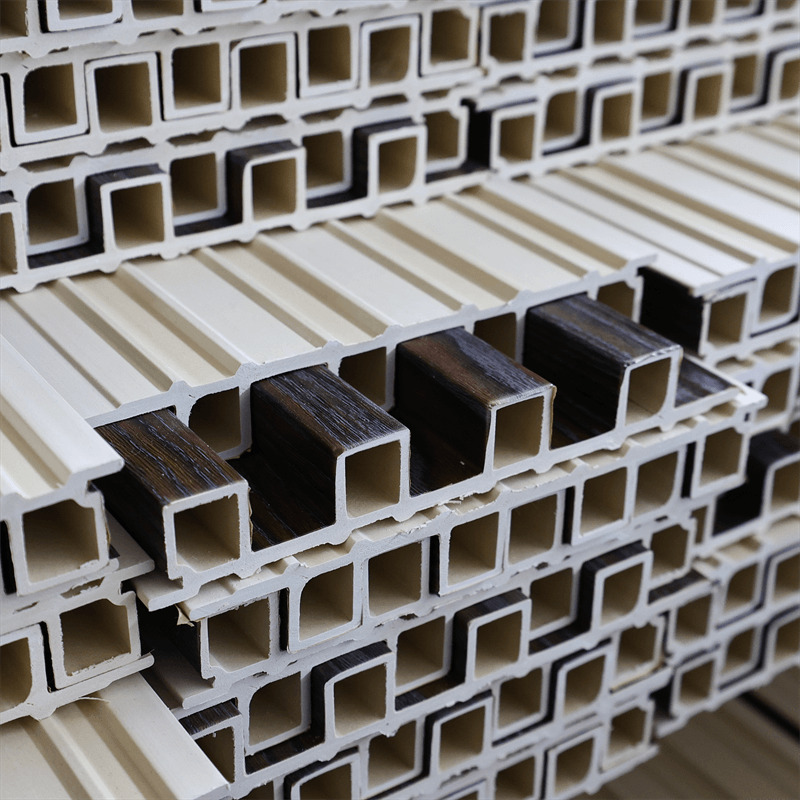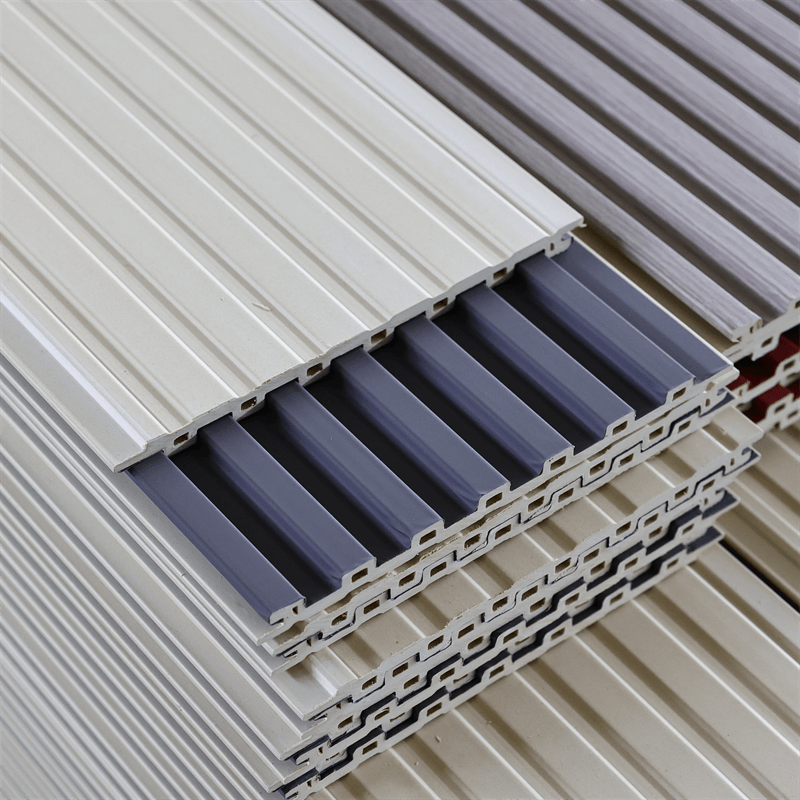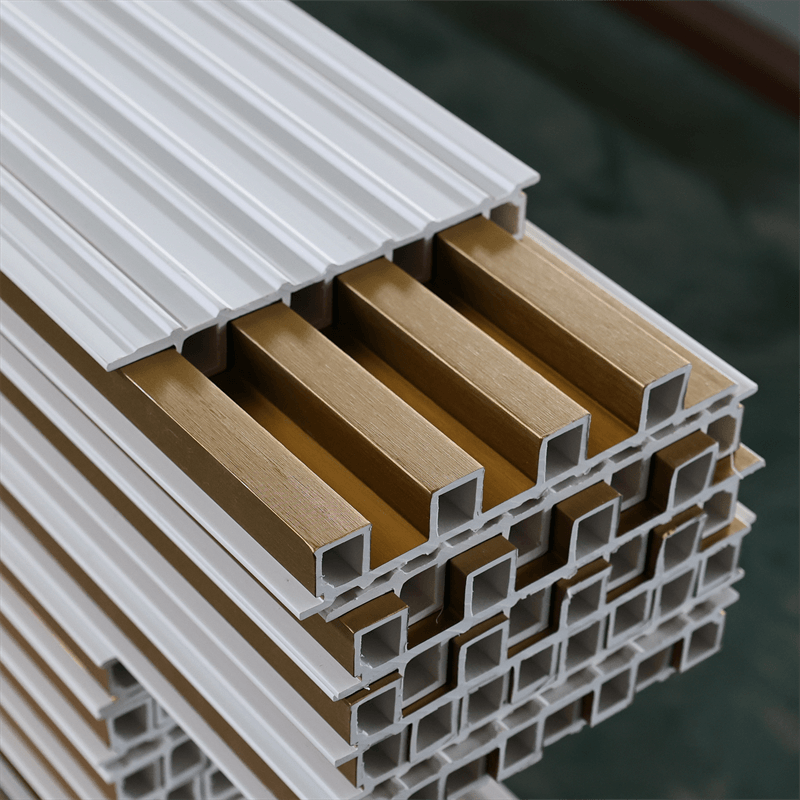
When it comes to wall cladding, the choice of materials is crucial in determining the overall performance, aesthetics, and longevity of a building.
In recent years, WPC (Wood-Plastic Composite) wall panels have gained significant popularity as an alternative to traditional wall cladding materials.
In this essay, we will conduct a comparative analysis between WPC wall panels and traditional wall cladding materials.
We will explore four key aspects: durability, maintenance requirements, design versatility, and environmental impact.
I. Durability:
Durability is a critical factor to consider when selecting a wall cladding material. Let’s compare the durability of WPC wall panels with traditional wall cladding materials:
- Resistance to Moisture and Rot: WPC panels are inherently resistant to moisture, making them highly suitable for both interior and exterior applications. Unlike materials like wood, which are prone to rotting and decay when exposed to moisture, WPC panels maintain their structural integrity and aesthetics over time.
- Impact Resistance: WPC panels exhibit excellent impact resistance, making them highly durable and resistant to physical damage. Traditional wall cladding materials such as stone or ceramic tiles may crack or chip upon impact, requiring costly repairs or replacements.
- Weather Resistance: WPC panels are designed to withstand various weather conditions, including UV radiation, heat, and extreme temperatures. Traditional materials like wood or vinyl may fade, warp, or degrade when exposed to prolonged sunlight or fluctuating weather conditions.
II. Maintenance Requirements:
The maintenance needs of wall cladding materials can significantly impact the long-term cost and effort associated with upkeep.
Let’s compare the maintenance requirements of WPC wall panels and traditional wall cladding materials:
- Ease of Cleaning: WPC panels are relatively easy to clean and maintain. They can be wiped clean with mild soap and water, eliminating the need for specialized cleaning products or extensive maintenance routines. Traditional materials like stone or brick may require more frequent and labor-intensive cleaning methods.
- Resistance to Stains: WPC panels are resistant to stains, making them less prone to discoloration or surface blemishes. Traditional materials, especially porous ones like stone or concrete, may absorb stains and require more frequent cleaning or sealing to maintain their appearance.
- Longevity and Repairs: WPC panels are designed for long-term performance, requiring minimal repairs or replacements. Traditional materials may suffer from wear and tear over time, requiring costly repairs or complete replacements, which can significantly impact the overall maintenance expenses.
III. Design Versatility:
Design versatility allows architects and designers to bring their creative visions to life. Let’s compare the design versatility of WPC wall panels with traditional wall cladding materials:
- Aesthetic Options: WPC panels offer a wide range of aesthetic options, including various colors, textures, and finishes. They can be manufactured to resemble natural materials like wood or stone, providing a visually appealing alternative. Traditional materials may have more limited options in terms of color and texture variations.
- Customization: WPC panels can be customized in terms of size, shape, and pattern, allowing for unique and personalized designs. Traditional materials may have more limitations when it comes to customization, especially in terms of complex shapes or intricate patterns.
- Integration of Fixtures: WPC panels can be designed to incorporate fixtures such as lighting or electrical outlets, streamlining the installation process and ensuring a cohesive appearance. Traditional materials may require additional steps and modifications to integrate fixtures, increasing the complexity and cost of the installation.
IV. Environmental Impact:
With increasing emphasis on sustainability, the environmental impact of wall cladding materials is a significant consideration.
Let’s compare the environmental impact of WPC wall panels and traditional wall cladding materials:
- Use of Renewable Resources: WPC panels often incorporate recycled wood fibers and recycled thermoplastics, reducing the reliance on virgin materials and promoting the efficient use of resources.
- Traditional materials like stone or brick require extensive extraction processes and may have a higher carbon footprint.
- Energy Efficiency: WPC panels can contribute to energy efficiency in buildings due to their thermal insulation properties.
- They help regulate indoor temperatures, reducing the reliance on heating and cooling systems.
- Traditional materials may have lower insulation capabilities, requiring additional energy consumption for climate control.
- Recycling and Waste Reduction: WPC panels can be recycled at the end of their lifespan, contributing to a circular economy and minimizing waste.
- Traditional materials like stone or concrete may have limited recycling options, leading to significant waste accumulation during construction or demolition processes.
In conclusion, the comparative analysis between WPC wall panels and traditional wall cladding materials highlights the numerous advantages of WPC panels in terms of durability, maintenance requirements, design versatility, and environmental impact.
WPC panels exhibit superior resistance to moisture, impact, and weather conditions, ensuring long-term performance and reduced maintenance costs.
Their design versatility allows for customized and aesthetically appealing options that cater to diverse architectural styles.
Furthermore, WPC panels promote sustainability through the use of recycled materials, energy efficiency, and waste reduction.
While traditional wall cladding materials have their own merits, the unique combination of durability, low maintenance, design versatility, and environmental friendliness positions WPC wall panels as a compelling alternative. By embracing WPC panels, architects, designers, and homeowners can achieve both functional and visually pleasing spaces, all while contributing to sustainable and responsible construction practices.


